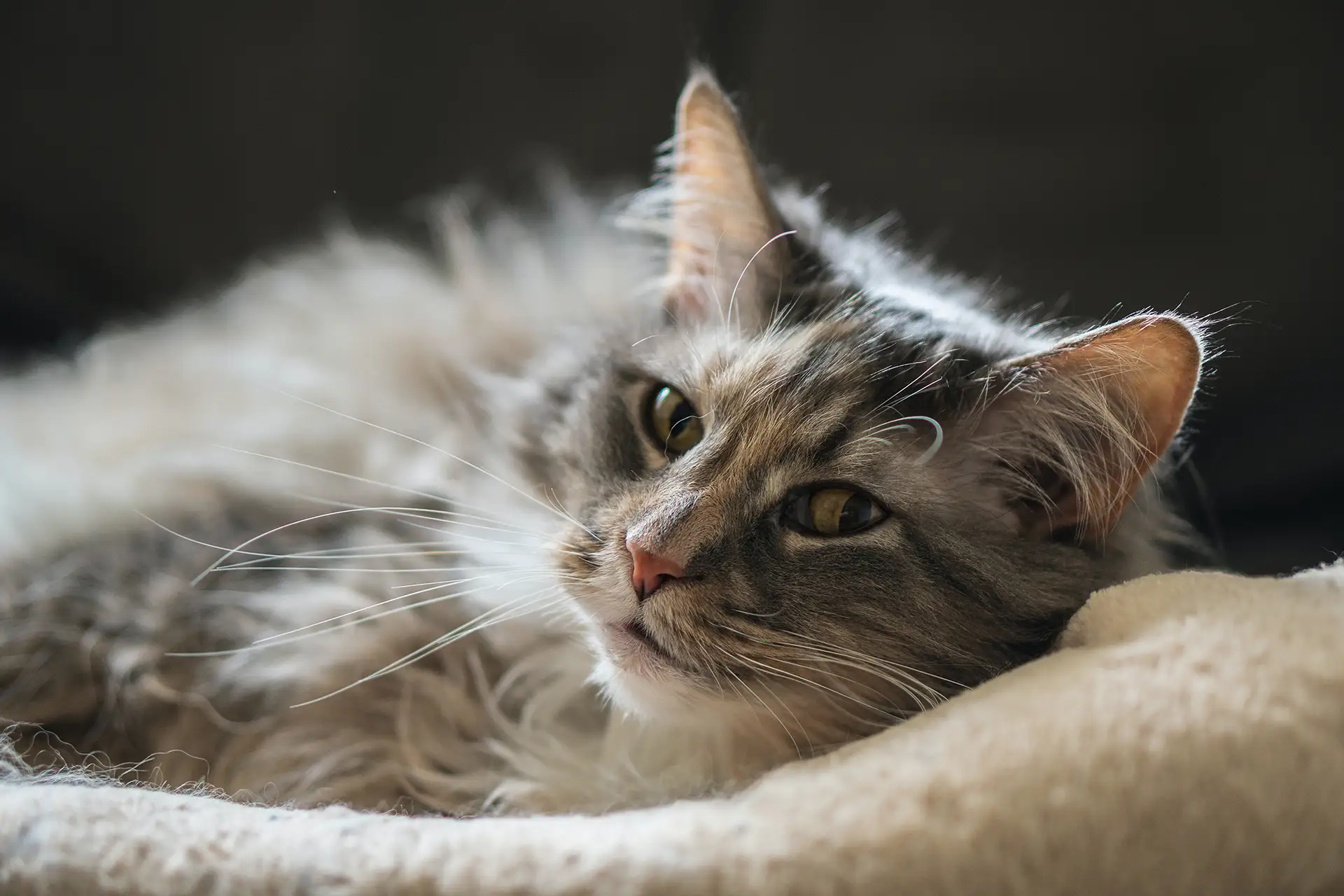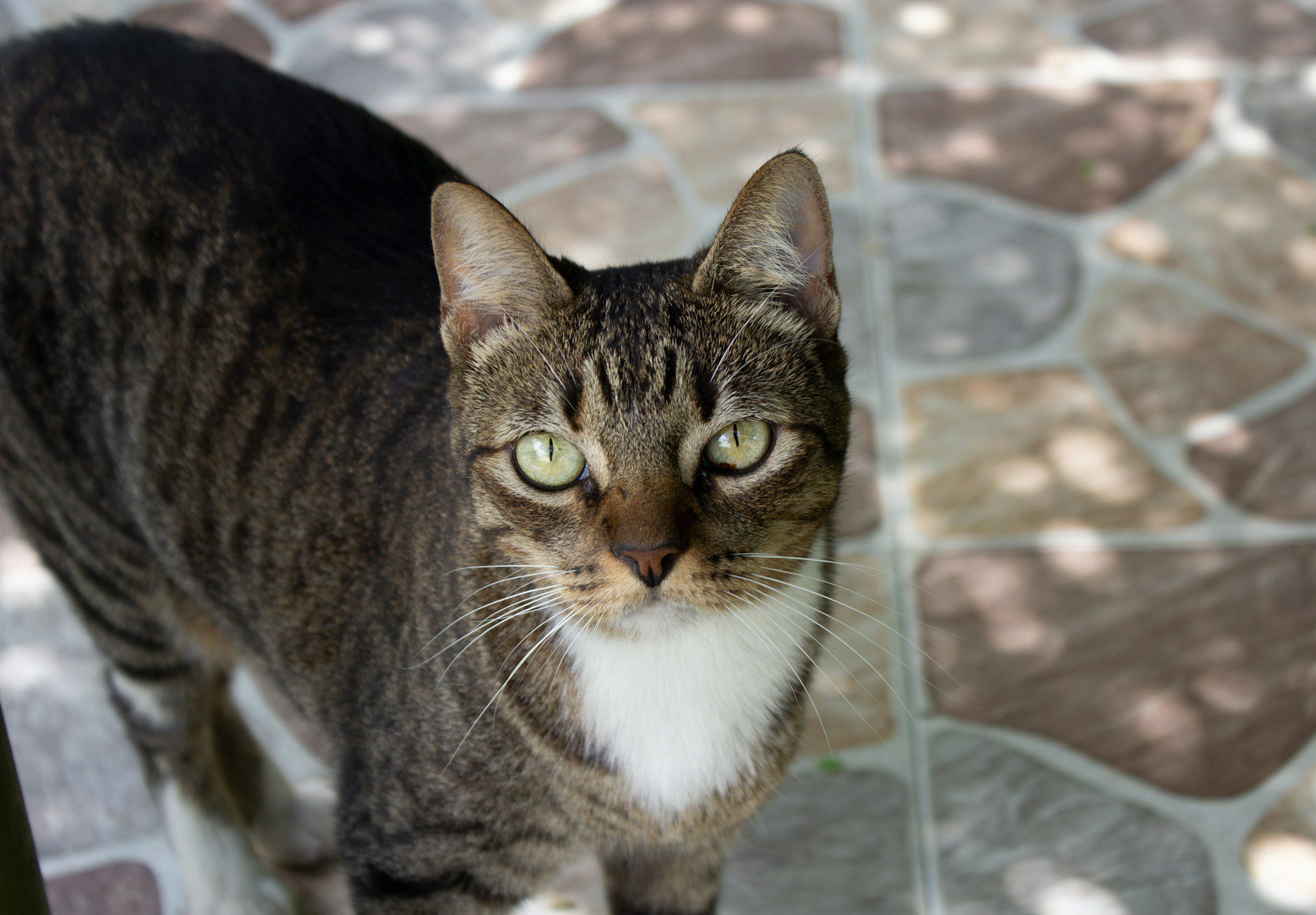Cats are naturally curious creatures, often exploring their surroundings and nibbling on plants without a second thought. However, many common household and garden plants are poisonous plants for cats and can pose serious health risks. It’s crucial for cat owners to be aware of these toxic plants to ensure their pets stay safe and healthy. In this article, we’ll highlight some of the most popular plants that are toxic to cats, shedding light on the hidden dangers lurking in your home or backyard. From lilies and azaleas to tulips and sago palms, understanding which plants are harmful can help you create a safer environment for your feline friend. By being informed about these poisonous plants for cats, you can take proactive steps to protect your pet from accidental poisoning and ensure they lead a happy, healthy life.
Has your feline buddy ever started gnawing on the leaves of a plant you just brought home? While cats may be carnivores, they still enjoy some greens and fiber every now and then. Unfortunately, kitties don’t know what is and isn’t safe for them. More than a few popular houseplants are actually toxic to Fluffy. In this article, a local vet lists a few plants that cat owners should keep out of the house.
Lily
During spring, many households opt for floral arrangements that often include lilies, but it’s crucial to recognize that these plants are poisonous for cats. Peace lilies, for instance, pose a significant threat to cat health, as even minimal exposure to their water can result in severe illness in cats. Other toxic lilies that endanger felines include the Japanese Show lily, Tiger Lily, Asiatic lily, Day lily, Rubrum lily, and Wood lily, along with numerous hybrids. Additionally, while not a true lily, Lily of the Valley remains equally hazardous to cats.
Eucalyptus
As you may know, eucalyptus is often used in aromatherapy, and is a popular scent for scented oil and candles. Just keep eucalyptus and eucalyptus products out of reach of your furry friend. Otherwise, Fluffy could develop signs like vomiting, vomiting, and diarrhea.
Devil’s Ivy
Often called pothos, or golden pothos, Devil’s ivy contains insoluble calcium oxades. This plant can really irritate Fluffy’s mouth, and can cause drooling, and trouble swallowing.
Tulips
Another popular spring flower, tulips are also very dangerous to our feline friends. They can cause lethargy, vomiting, and diarrhea. Hyacinths and daffodils are also unsafe. In fact, you can generally consider anything that has a bulb to be toxic to your cute pet. That includes chives, garlic, onions, and scallions, too!
Philodendron
Philodendrons, as well as other Araceae group members like oleanders, are known poisonous plants for cats. They contain calcium oxalate crystals, which can severely irritate your cat’s mouth, throat, and stomach, potentially leading to respiratory issues. Always ensure these plants are kept out of reach to protect your feline friend’s health.
Tips
If you aren’t certain whether your plants are safe for your cat, check the ASPCA site here. This is also a handy site to pull up while you’re at a plant sale or greenhouse. It’s also good to remember that many plants go by several names. We recommend keeping the number for the Pet Poison Helpline on hand. That number is 800-213-6680. (Charges may apply.)
What Makes Poisonous Plants for Cats So Dangerous?
Are all parts equally toxic?
Not all parts of toxic plants pose the same level of danger to cats. In many species, specific parts contain higher concentrations of harmful substances. For example, in tulips, hyacinths, and daffodils, the bulbs are particularly toxic due to concentrated alkaloids. Lilies are so hazardous that even small amounts of water from a vase can cause severe illness in cats. Plants like philodendrons and Devil’s Ivy have calcium oxalate crystals that mainly irritate the mouth and throat. While some parts are more toxic than others, it’s safest to keep all parts of these plants out of a cat’s reach.
Are there any long-term effects of plant poisoning?
Yes, plant poisoning can lead to long-term health issues in cats. Ingesting toxic plants like lilies can cause acute kidney failure, potentially resulting in permanent kidney damage or chronic kidney disease if not treated promptly. Plants such as philodendron may cause lasting respiratory problems due to irritation of the mouth and throat. Some toxins can also lead to liver damage or neurological effects that persist over time. Early recognition and immediate veterinary care are vital to minimize these risks. Keeping hazardous plants out of reach is essential for protecting a cat’s long-term well-being.
How much of a toxic plant needs to be consumed to cause harm?
Even minimal ingestion of a toxic plant can be harmful to cats. For certain plants like lilies, even a small nibble or drinking water from a vase containing them can cause severe kidney failure. The amount required to cause harm varies depending on the plant’s toxicity and the individual cat’s sensitivity, but in many cases, very little needs to be consumed to produce symptoms like vomiting, diarrhea, or worse. To protect cats, it’s best to keep toxic plants entirely out of their environment.
What are the detailed symptoms of plant poisoning beyond the basics?
Plant poisoning in cats extends beyond simple gastrointestinal upset. Symptoms can vary depending on the plant ingested but often include excessive drooling, difficulty swallowing, and pronounced lethargy. In more severe cases, cats might experience respiratory distress, noticeable swelling around the mouth or throat, and a sudden drop in blood pressure. If a cat ingests a toxic plant, it may also show signs of pawing at the mouth or face, unusual vocalizations indicating distress, and in extreme cases, seizures or collapse. Immediate veterinary attention is crucial to manage these symptoms effectively.
What immediate care steps should owners take if they suspect poisoning?
If you suspect your cat has ingested a toxic plant, immediate action is crucial. Remove any remaining plant material from your cat’s reach and observe for symptoms like vomiting, lethargy, or difficulty breathing. Contact your veterinarian or the Pet Poison Helpline right away for guidance. Provide details about the plant ingested, as specific toxins require different treatments. While waiting for professional advice, ensure your cat has access to fresh water but avoid giving any medications or home remedies unless directed by a veterinarian.
Please feel free to contact us, your local veterinary clinic in Rialto, CA, anytime. We’re here to help!



